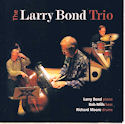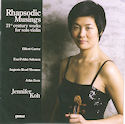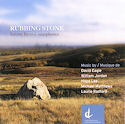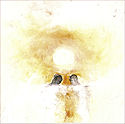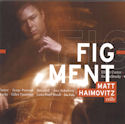Unfolding - John Farah
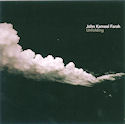 Unfolding
Unfolding
John Farah
Dross:tik Records DTK10 (www.johnfarah.com)
Toronto composer and pianist John Farah noted in a recent interview, “I wanted Unfolding to be like my favourite juggernaut classical pieces, something you could listen to hundreds of times because you're always hearing new details ..." (Hour Magazine, 2009). In this goal, it seems to me that he succeeded brilliantly. I can’t wait for a live concert version with full symphony orchestra.
Overall, the structure of Unfolding resembles a grand 20th c. piano concerto in ten movements. Its symphonic accompaniment is here deftly provided by synthesizers and acoustic drums, clarinet and cello. Its style and musical language is a veritable musical alchemical amalgam, drawing from an incredibly varied range of Western and Middle Eastern contemporary and historical sources. Established musical forms abound, both Middle Eastern (the 10 beat samai metre in mvt. 6), and Western (the passacaglia underpinning mvt. 5). Contemporary urban dance styles are welcome in Farah’s concerto too. They make guest appearances alongside advanced jazz augmented chords and tonal passages reminiscent of Schoenberg’s 12 tone musical language. The composer’s love for the keyboard music of the Renaissance is not neglected either and gets a place at the table, though the harpsichord is not included as it was on his first CD, “Creation”.
Unfolding reflects a mature fully-realised musical voice in the tradition of European keyboard-composers. Imagine one part rippling jazzy piano and Rhodes lines blended into crunchy augmented chords, one part chopped-up drum samples, trippy acid synth lines and drum ’n’ bass, plus another part Middle Eastern percussion and modal references, all served in a sophisticated highball glass in the form of a 20th century piano concerto. Can’t? Then you’ll just have to listen to this album.
Andrew Timar


